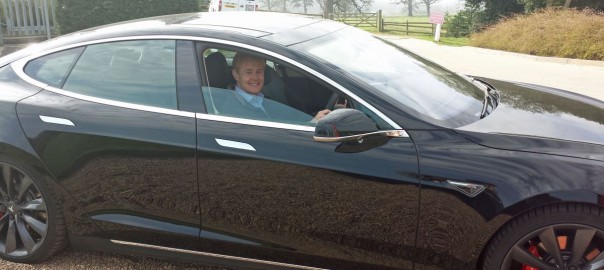Drivers considering plug-in hybrid vehicles with a gasoline backup are most interested in economic benefits while those gravitating toward battery-electric vehicles have stronger environmental concerns, according to a study led by a University of Kansas transportation policy scholar.
The research has identified distinct profiles of people considering newer electric vehicle technologies showing the two types of vehicles—one that offers gasoline as a safety net and another that relies solely on battery charging—are very different in the eyes of consumers.

“Our findings inform the misconception and show that electric vehicles are not a homogeneous entity,” said the study’s lead author Bradley Lane, associate professor in the KU School of Public Affairs & Administration. “There are distinctive profiles of potential users for whom a plug-in hybrid is attractive and another for whom a battery electric is attractive. And these are two very distinct groups, similar to how there is a group of users who are attracted to a sport-utility vehicle and a separate group attracted to an economy car. We have shed more light on what factors influence how people make these decisions.”
The journal Transportation Research Part D recently published the group’s findings. Lane’s co-authors are Jerome Dumortier of the School of Public and Environmental Affairs at Indiana University-Purdue University Indianapolis; Sanya Carley and John Graham, both of the School of Public and Environmental Affairs at Indiana University; Saba Siddiki of the Maxwell School of Citizenship and Public Affairs at Syracuse University and Kyle Clark-Sutton of RTI International of Research Triangle Park in North Carolina.
The findings could be important as automakers seek to market more electric vehicles and for national, state and local policymakers as they consider changes and any potential incentives for the production and use of the different types of electric vehicles. Much of the recent incentives date back to the 2009 American Recovery and Reinvestment Act that Congress passed in the Obama administration’s early days.
“After about 10 years into significant policy and investment, there are still a lot of unknowns about these vehicles from the viewpoints of the consumers,” he said.
But the advancement of electric vehicle technologies still represents one of the most notable developments of surface transportation in recent decades. With much of the petroleum-based resources being finite and located in politically unstable regions, there likely will continue to be a push for alternative fuels for internal combustion engines, Lane said.
Read more: Phys.org
